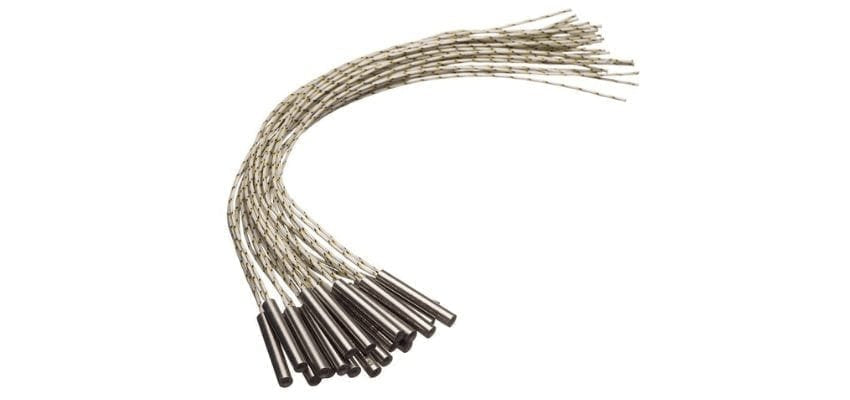Has your cartridge heater failed? You’re not alone. This is a very frequent complaint, with many people baffled as to why their ‘long-life’ cartridge heating element has lasted for a very short (and unsatisfactory!) length of time. Here we outline some of the most common reasons why this happens and offer a number of top tips on how to prevent heater failure in the future.
5 common reasons why cartridge heaters fail
1. The wrong size was chosen for the application
Nine times out of ten, a cartridge heater will fail because it is the incorrect size for the application. Ideally, the heater should fit snugly inside the hole. This minimises the air gaps and allows heat to be quickly and effectively dissipated. If it doesn’t fit in this way, the temperature inside the heater will continue to rise – and, over time, this can lead to the breakdown of wires and heater failure.
2. Moisture and impurities in the surrounding air
Every time an electric cartridge heater expands and contracts (i.e. turns itself on and off), it draws in air from the surrounding environment. Moisture and impurities in this air can have a significant impact on the functioning of the heater, often causing a short circuit and eventually resulting in failure. One way to avoid this problem is to invest a cartridge heater with appropriate seals.
3. Incorrect wattage and voltage
All cartridge elements have a voltage rating – that is, the voltage at which they are designed to work. If too much voltage is applied, this can dramatically increase the watt density (or output) of the heater. Heat will not be dissipated efficiently and this will quickly lead to the heater’s failure.
4. Damage caused by high temperatures and excess movement
Cartridge heaters are susceptible to damage from both ambient temperature and excess movement. This damage can lead to eventual failure; therefore, it’s important to choose a heater with a suitable level of insulation and, when mounted onto moving machinery, leads should be anchored in place.
5. Frequent temperature cycling
If your cartridge heater’s wattage does not match the requirements of your application, it is likely to expand and contract at a fast rate (i.e. every 30-60 seconds). This is known as ‘excessive temperature cycling’. It places undue stress on the resistance wires of the heater and, as a result, can significantly reduce the lifespan of the heating element.
Do you need help choosing a suitable cartridge heater?
If your cartridge heater has failed, the chances are, you chose the wrong heater for the job. There are several factors that should be considered when making this decision (e.g. size, voltage rating etc.), and putting a little thought into it can help to reduce issues and prevent further failures.
Our team of experts, here at Under Control, demonstrate a wealth of knowledge in this area. Therefore, if you need any help choosing an appropriate cartridge heater, please feel free to get in touch. We stock a wide range of cartridge heating elements and can offer advice and guidance on the best heater for you. Simply call us today on 0121 238 2795 or fill out our online contact form.

